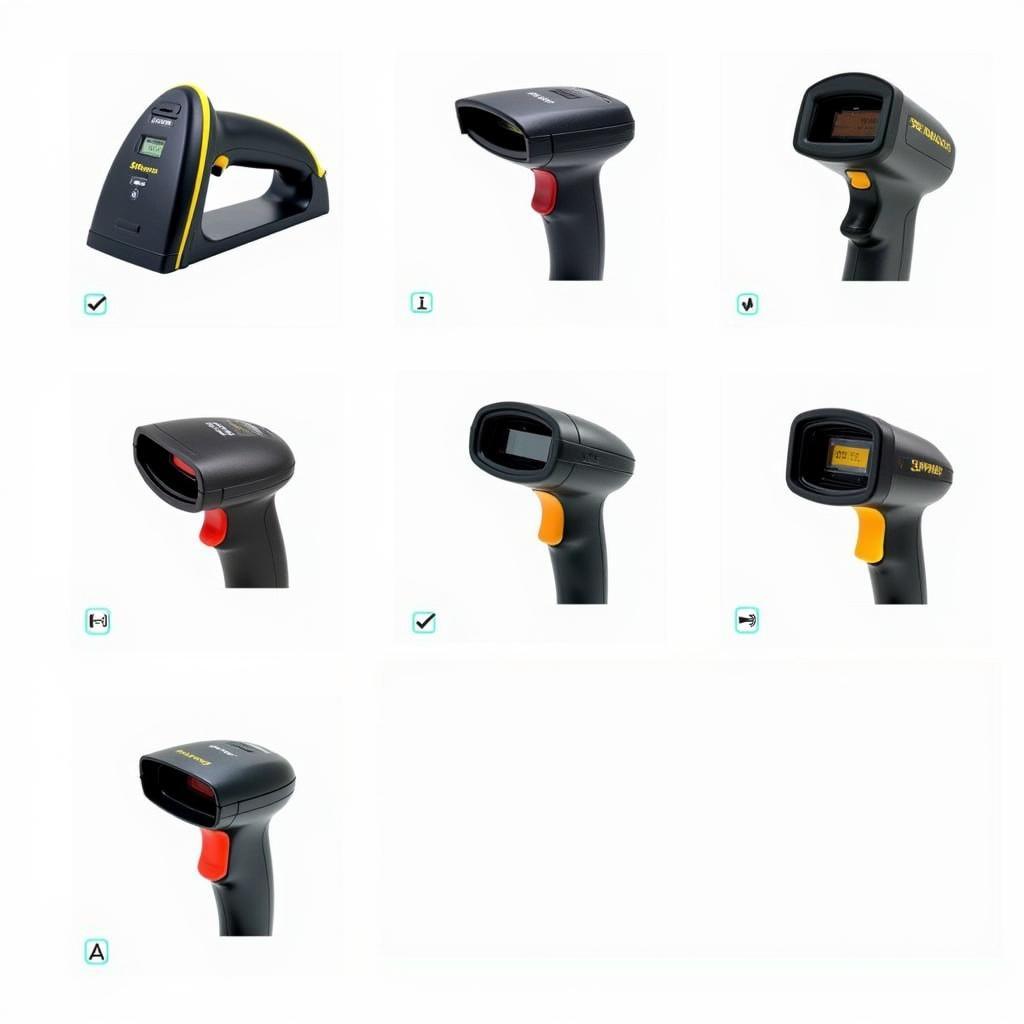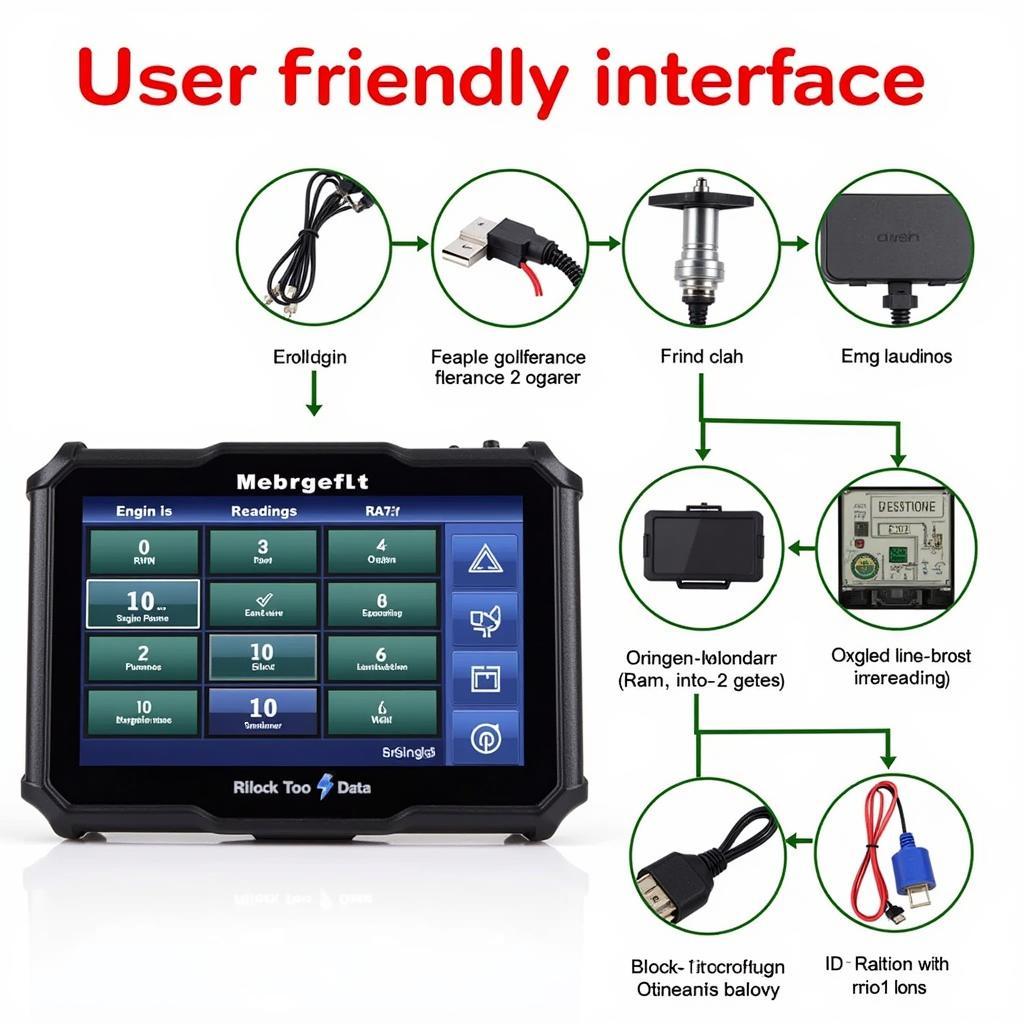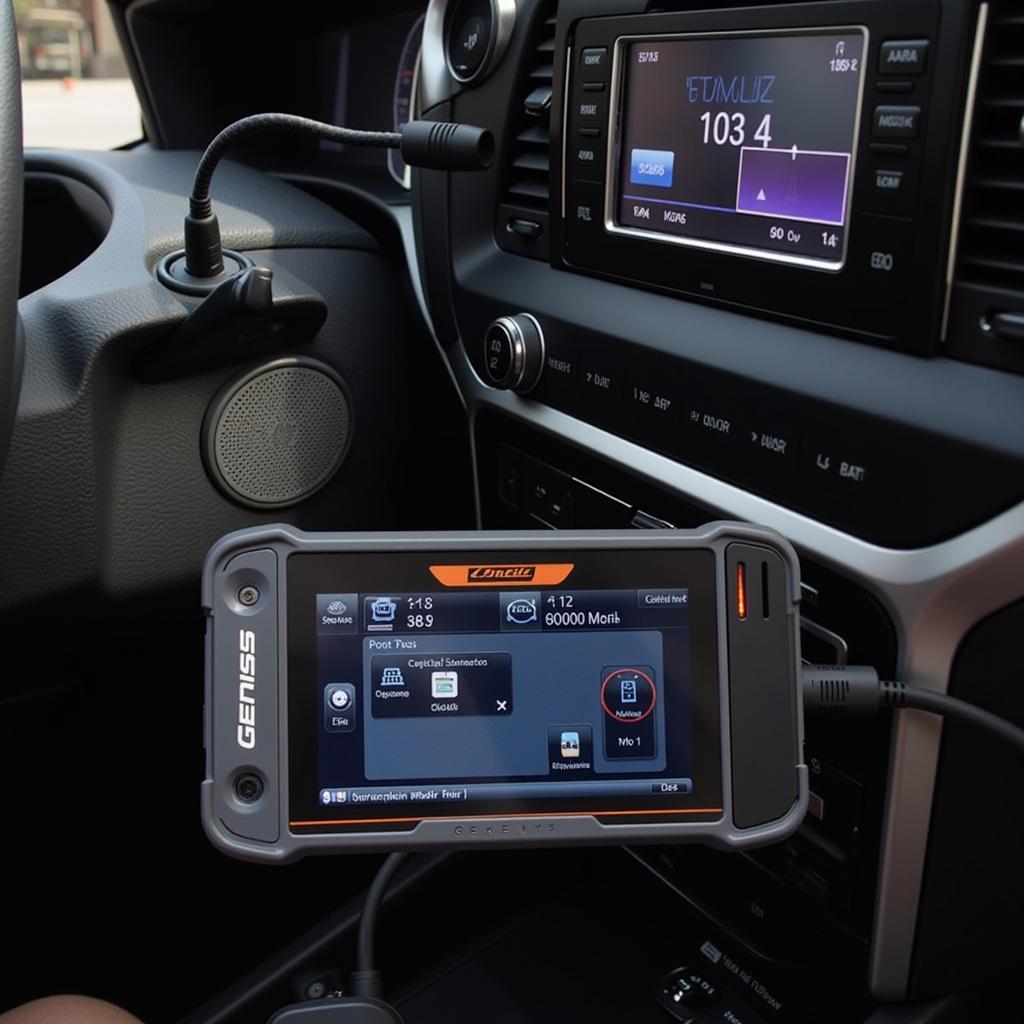One of the most common questions car owners ask when it comes to using an OBD2 scanner damage car is whether it can cause damage. It’s understandable to be cautious – after all, you’re dealing with your car’s computer system. The good news is that in most cases, using an OBD2 scanner correctly won’t harm your vehicle. However, there are a few things you should know to ensure you’re using it safely and effectively.
Understanding OBD2 Scanners and Your Car’s Computer
Before we dive into potential risks, let’s quickly review what an OBD2 scanner does. Essentially, it acts as a communication bridge between you and your car’s computer, also known as the Engine Control Unit (ECU). The ECU is responsible for monitoring and controlling various aspects of your engine’s performance, emissions, and other crucial systems.
An OBD2 scanner allows you to access the information stored within the ECU, including:
- Reading and clearing Diagnostic Trouble Codes (DTCs): These codes are triggered when the ECU detects an issue within a specific system.
- Viewing live data streams: This feature lets you monitor real-time sensor readings, like engine speed, coolant temperature, and oxygen sensor data, giving you insights into your car’s performance.
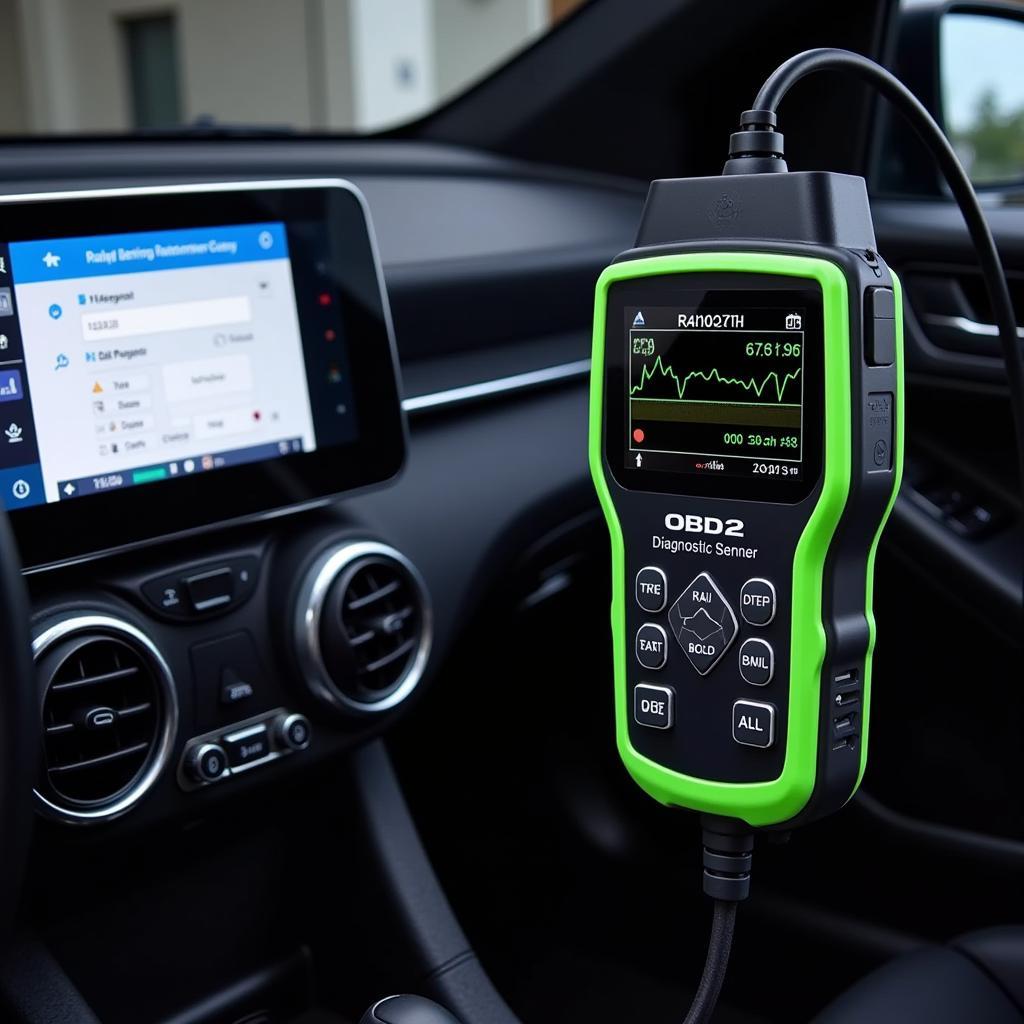 Car with OBD2 scanner connected
Car with OBD2 scanner connected
Debunking the Myth: Can an OBD2 Scanner Cause Damage?
The short answer is: it’s highly unlikely. OBD2 scanners are designed to only read data from your car’s ECU, not write to it. Think of it like browsing the internet – you can access and view information, but you can’t accidentally alter the website’s code.
Modern cars have built-in safety mechanisms to prevent unintended modifications to the ECU through the OBD2 port. Unless you’re using specialized equipment and software intended for reprogramming, a standard OBD2 scanner won’t harm your car.
Potential Risks (and How to Avoid Them)
While damaging your car with an OBD2 scanner is unlikely, there are a few situations where you might encounter issues:
- Using a low-quality or faulty scanner: Cheaply made scanners might not adhere to proper communication protocols, potentially leading to miscommunication with your car’s ECU.
- Disconnecting the scanner improperly: Always turn off your ignition and wait a few seconds before disconnecting the scanner. Abruptly removing it while the engine is running could interrupt data transmission and potentially trigger a warning light.
- Modifying settings without proper knowledge: Some advanced [professional quality vehicle scan tool](http://scantoolus.com/professional-quality-vehicle-scan tool/) allow for adjustments to certain parameters within the ECU. However, unless you have a thorough understanding of what you’re doing, it’s best to leave these modifications to qualified mechanics.
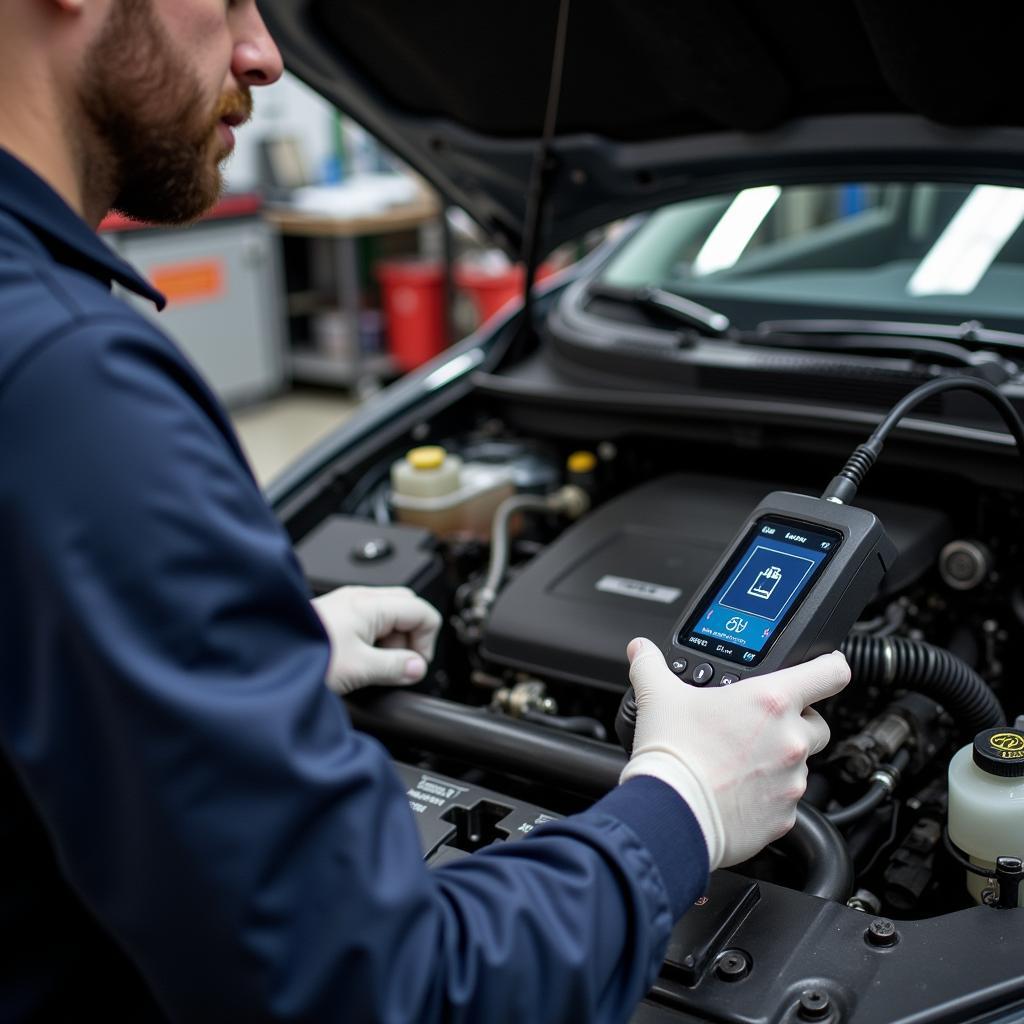 Mechanic diagnosing a car using an OBD2 scanner
Mechanic diagnosing a car using an OBD2 scanner
Best Practices for Using an OBD2 Scanner Safely
To minimize any potential risks and ensure a smooth experience, follow these tips:
- Invest in a reputable OBD2 scanner: Look for scanners from trusted brands known for their quality and reliability.
- Read the manuals: Familiarize yourself with both your car’s owner manual and the OBD2 scanner’s instructions before use.
- Connect to a clean and dry OBD2 port: Ensure the port is free from debris or moisture to prevent connection issues.
- Turn off your ignition before disconnecting: This simple step can help prevent any communication interruptions.
- Consult a professional when in doubt: If you encounter any error messages or are unsure about interpreting the data, don’t hesitate to seek help from a qualified mechanic.
Conclusion
Using an OBD2 scanner is a safe and valuable way to understand your car’s health and potentially diagnose issues. By following the best practices outlined above and using a quality scanner, you can confidently use this tool to stay informed about your vehicle’s well-being without the worry of causing any damage.
Need expert advice or assistance with your car’s diagnostics? Contact ScanToolUS at +1 (641) 206-8880 or visit our office located at 1615 S Laramie Ave, Cicero, IL 60804, USA. We’re here to help you keep your car running smoothly.

